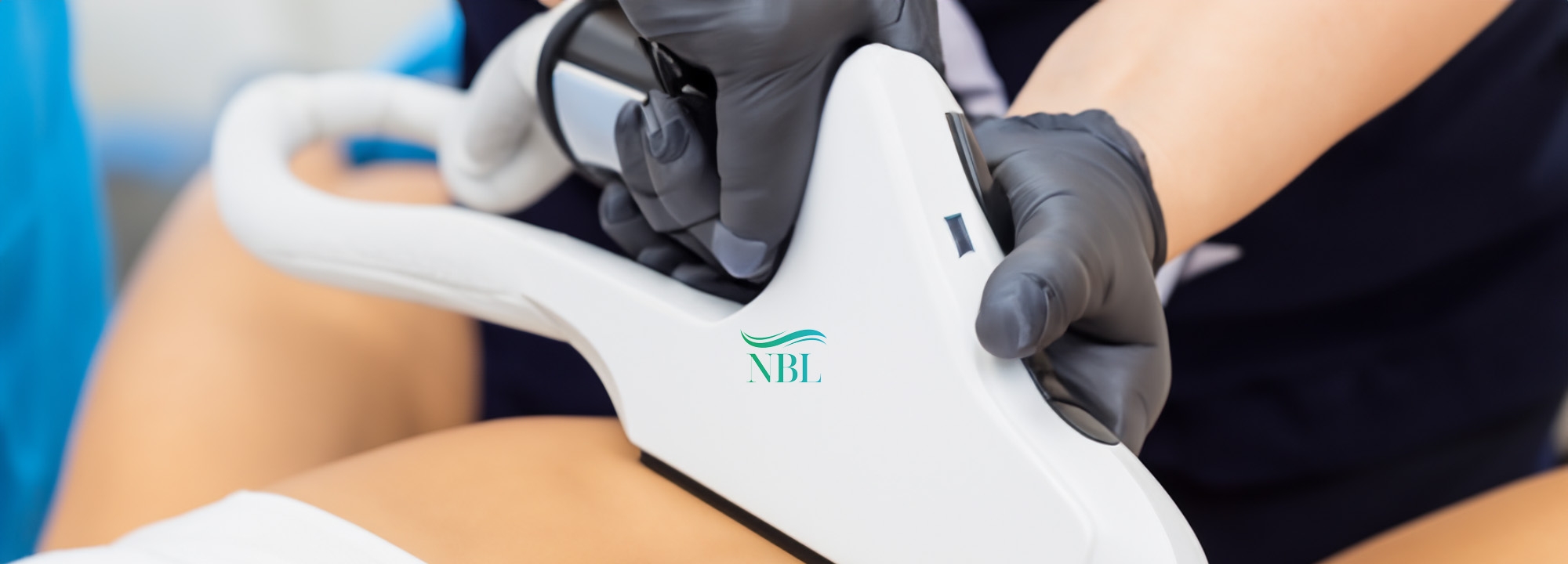Pico Laser Tattoo Removal Santa Rosa .
Safe Pico Laser Tattoo Removal: What You Need to Know
Pico laser tattoo removal is a revolutionary method for removing unwanted tattoos with precision and minimal discomfort. This technology uses ultra-short pulse durations measured in picoseconds (one trillionth of a second) to break down tattoo ink particles into tiny fragments, making it easier for the body to eliminate them naturally. Unlike traditional laser treatments, which use longer pulses, pico lasers are more effective and less likely to cause damage to the surrounding skin. For those considering tattoo removal, understanding the safety and benefits of pico laser technology is crucial.
One of the primary safety features of pico laser tattoo removal is its precision. The pico laser targets the tattoo pigment specifically, minimizing the risk of harm to the surrounding skin. This precision reduces the likelihood of scarring or skin discoloration, which are common side effects of older laser technologies. Additionally, the rapid speed of the laser pulses means that the energy is delivered in a way that avoids overheating the skin, further reducing the risk of burns or other complications.

Pico laser tattoo removal is suitable for all skin types, which is another significant safety advantage. Traditional lasers often struggle with darker skin tones, as they can inadvertently target melanin, the pigment that gives skin its color, leading to unwanted side effects such as hyperpigmentation or hypopigmentation. Pico lasers, however, are less likely to interact with melanin due to their ultra-short pulse durations, making the treatment safer and more inclusive for people of all skin tones.
Another key safety aspect of pico laser tattoo removal is the reduced number of sessions needed to achieve desired results. Traditional laser treatments can require up to 15 sessions, whereas pico lasers can often remove tattoos in fewer sessions. This reduction in the number of treatments not only saves time and money but also lowers the cumulative exposure of the skin to laser energy, further enhancing the safety profile of the procedure.
Pain management is an important consideration in any laser treatment, and pico lasers excel in this area as well. The rapid pulses are less painful than those of traditional lasers, and many patients report minimal discomfort during and after the procedure. Some clinics also offer numbing creams or cold air devices to further enhance comfort. While everyones pain tolerance varies, most find pico laser tattoo removal significantly more tolerable than older methods.
In terms of aftercare, pico laser tattoo removal generally requires less downtime compared to other laser treatments. The absence of significant heat generation means there is less inflammation and skin damage, resulting in a faster healing process. Patients are usually advised to keep the treated area clean, avoid sun exposure, and follow specific aftercare instructions to minimize any potential side effects. Adhering to these guidelines is crucial to ensuring a smooth recovery and avoiding complications such as infection.
Its important to choose a qualified and experienced provider for pico laser tattoo removal to ensure the highest level of safety. A skilled professional will evaluate your skin type, tattoo characteristics, and overall health to determine the best approach for your treatment. They will also set realistic expectations regarding the number of sessions required, the potential for complete removal, and any risks involved. Avoiding untrained practitioners and clinics with outdated equipment is essential to minimize risks and achieve optimal results.
While pico laser tattoo removal is generally safe, it is not without some potential risks. These include temporary redness, swelling, or blistering at the treatment site. Rarely, some patients may experience changes in skin pigmentation, though these effects are usually temporary and can be managed with appropriate aftercare. The risk of scarring is minimal compared to older laser technologies, but its still important to follow all post-treatment instructions carefully to reduce the chances of adverse outcomes.

The technology behind pico lasers continues to evolve, with new advancements enhancing the safety and effectiveness of tattoo removal. Innovations such as dual-wavelength lasers allow for better targeting of different ink colors, further improving results while maintaining safety. As research progresses, pico laser treatments are expected to become even more refined, offering patients a reliable and safe option for removing unwanted tattoos.
Pico laser tattoo removal represents a significant advancement in the field of cosmetic dermatology. Its precision, reduced risk of side effects, suitability for all skin types, and fewer required sessions make it a safer and more effective choice compared to traditional laser methods. By selecting a qualified provider and adhering to recommended aftercare, patients can achieve excellent results with minimal risk, making pico laser tattoo removal the preferred choice for those looking to erase their tattoos safely and efficiently.
